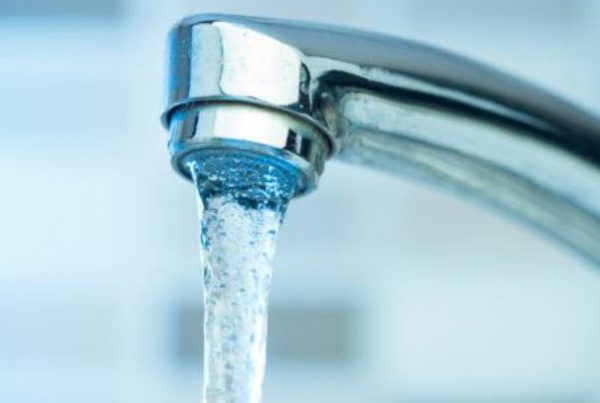Every employer wants their employees to be as productive as possible. One way to boost your employees’ productivity is by creating a healthy workplace. In choosing an office space for your company, you would typically consider having a good location, working facilities, and enough space. But that’s not all you need. Your employees also need access to safe drinking water a]nd particuarally lead in water.
This article will tell you what you need to know about lead in water and explain how to protect your employees from lead-contaminated water at work.
What You Need to Know About Lead in Water
The first and most important thing you must know is that lead is highly toxic. It’s one of those contaminants that should not be found in drinking water at all. If the drinking water supplied to your employees at work contains lead, it could cause the following effects:
- Fatigue
- Headache
- Pain at muscles and joints
- Reduced kidney functioning
- High blood pressure
- Increased risk of heart diseases
These are serious effects that can cause severe harm to your employees. Your office water may be contaminated with lead if the building uses lead pipes and lead plumbing systems. Lead particles from the lead pipes dissolve into the water it’s transporting, contaminating it.
Protecting the safety and well-being of your employees is one of your top priorities as an employer in the modern world. The quality of the water your employees drink is one frequently forgotten aspect of promoting a healthy work environment. The devastating repercussions of lead pollution in drinking water have been brought into sharp relief by high-profile instances like the Camp Lejeune water contamination lawsuit. It is crucial to safeguard your staff from exposure to lead in water.
How to Protect Your Employees from Lead
The first step to protecting your employees from lead is to get your office water tested. The safest way to test for lead contamination in water is sending a sample to a state-certified private laboratory. Other ways include using a DIY water testing kit or checking local water reports.
If the water test confirms that lead is present, you must act fast. There are two things you can do to protect your employees:
Identify the Lead Source
Get professional help to determine the exact plumbing materials that contain lead. Sometimes, the lead source is long miles of plumbing that cannot be tampered with. You may need the government’s intervention to fix lead plumbing, which can take time. To cope with lead plumbing, all office users should:
- Always allow the tap to run for about a minute before drinking water from it: Water gets more contaminated the longer it stays in lead pipes. Running the tap before drinking from it can help flush out some lead and help you avoid highly lead-contaminated water.
- Avoid drinking hot water from the tap: Lead dissolves more easily in hot water, so hot water from lead plumbing usually contains very high amounts of lead. Tell your employees to always draw cold water from the faucets (after leaving them to run), and heat it to the needed temperature.
Filter Lead from Water
The safest way to deal with lead contamination is to remove lead from the water. Fortunately, there are effective ways to do this. If we believe expert advice, using reverse osmosis, distillation, or carbon filters. Here’s how these systems work:
- Reverse Osmosis Systems: RO systems have a semipermeable membrane and operate under high pressure. The high pressure pushes contaminated water against the semipermeable membrane. Clean water passes through, but the contaminants remain stuck on the other side of the membrane. RO filters are known to effectively make water lead-free. They are the most used filters because they are affordable, easy to use, and simple to maintain.
- Distillation: This method uses water distillers to convert water into steam. Since lead cannot be vaporized, it is easily filtered and removed once the water is in steam form. The water is then converted back to liquid, completely clean, and lead-free.
- Carbon Filters: This method uses activated carbon to filter out lead from water. Lead gets stuck in the filter’s pores while uncontaminated water flows through the pores. You must use carbon filters that are specifically designed for removing lead.
Remember, boiling is not an effective way to remove lead from water. It might even increase the amount of lead present. So, if you want better water in your office, water filtering systems are the way to go.
Find the perfect office space for you busness with the help of an expert, for free! Check out OfficeFinder, message us.

